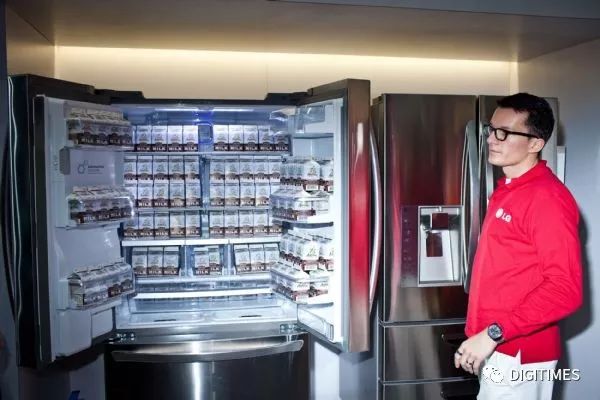In recent years, the Internet of Things (IoT) has grown rapidly both in the consumer and business sectors, but many people also have a myth about the benefits that IoT can bring. Once misunderstood, it is possible to put the IoT policy of the company into consideration. Take the wrong direction, miss the true transformative power of IoT, or focus too much on short-term benefits (such as improving operating performance, etc.). For this reason, SmartcitiesDive put together five common myths of IoT.
I. IoT is a networking device
The "data" of IoT is the real value. Although the connection between the device and the sensor is the basis for deploying IoT, it only connects all "things". The real value is the real-time generation of these devices and sensors. Analysis of data will only help the company's operations.
Harley-Davidson's IoT plant, which gathers data from all equipment and analyzes, has reduced the production cycle of orders from 18 months to 2 weeks, and the output has increased by 7%, which has been accompanied by an increase of 3 to 4%. The benefits.
Second, the largest market of IoT is consumer equipment
Most people will intuitively think of smart appliances such as connected refrigerators and connected air conditioners when they hear the "Internet of Things," but the biggest opportunities for IoT are at commercial sites. For example, Rio Tinto, a multinational mining company, uses sensors to monitor the condition of trucks in mining factories. This allows trucks to prevent problems through preventative maintenance before problems arise, saving up to $2 million a day.
III. IoT will be the main driver of change
In fact, this statement is not entirely correct. IoT can help the company's existing programs to achieve certain operating performance, but it combines IoT and artificial intelligence (AI) with machine learning, fog computing, and blockchain. When we get up, we can really play its revolutionary potential.
AI and machine learning can reduce the barriers of security, cost, complexity and speed encountered in IoT promotion through in-depth analysis of real-time data; fog computing allows the edge network to self-digest IoT data to resolve the delay of centralized networks. , Bandwidth and reliability issues; Blocked decentralized books, further enhance the company's security, and machines and machines can communicate directly without centralizing the equipment.
For example, a self-driving car can be said to be a combination of IoT and these technologies. The increasingly powerful decentralized AI system can link the vehicle's internal and external networks at a very high speed. This allows the self-driving car to integrate the huge amount of real-time fog through the fog operation. Traffic data, while the blockchain prevents data from being tampered with.

IV. IoT only has a single market
IoT includes multiple markets. Each market has a unique environment, technological thinking, needs and ecology. Therefore, the development of IoT solutions requires the integration of multiple face-to-face knowledge. For example, the disaster management system in Glasgow, Scotland, UK has established an ambulance, fire truck and volunteer network to detect emergencies in real time.
The formation of such a system depends on the availability of IT architecture and security software from Cisco and Bronze Labs; Leonardo provides aeronautical and defense knowledge, and Scottish geopolitical experts from the Scottish Water and Glasgow municipal governments ensure that the system can be geographically enabled. Smooth running deployment.
V. IoT is not safe
The media often report IoT device insecurity, especially consumer IoT devices, such as Amazon's voice assistant Alexa issued a strange laughter, or recently reported that newly purchased IoT devices can be taken within 30 minutes and join the botnet Wait. However, companies have started to passively prevent attacks and have instead taken the initiative to establish preventive structures. The government plays a key role. For example, the US Federal Trade Commission requires manufacturers to inform consumers of the safety of their equipment.
According to PowC estimates, consumers spent $72 billion in IoT solutions in 2015, but they will rise to $236 billion in 2020; companies will also invest in IoT solutions from 2015. The $215 billion has grown to a staggering $832 billion. In order to realize the potential of IoT, experts suggest that companies should avoid falling into the above five misconceptions.
Shenzhen ChengRong Technology Co.,Ltd. , https://www.dglaptopstandsupplier.com